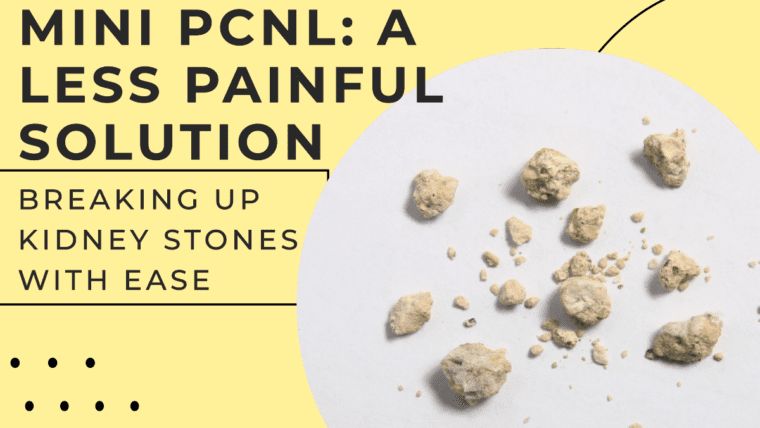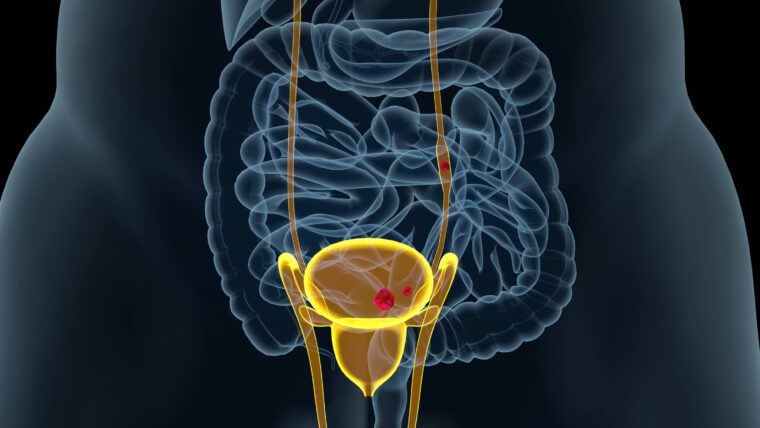The OIU procedure in urology is a vital diagnostic and treatment technique used to address various urinary tract conditions. This comprehensive guide will provide you with an in-depth understanding of the OIU procedure, its benefits, and its application in urological care. Whether you are a healthcare professional or a patient seeking knowledge about this procedure, this article aims to equip you with the necessary information. We will explore the step-by-step process, frequently asked questions, and reliable resources for further learning.
Understanding the OIU Procedure in Urology
The OIU procedure, short for “Open Instrumented Urethral Sound,” is a minimally invasive endoscopic technique used in urology to diagnose and treat various conditions affecting the urinary tract. This procedure involves the insertion of a specialized instrument called an OIU scope through the urethra into the urinary tract. By providing direct visualization, the OIU procedure enables urologists to assess the condition of the urethra, bladder, and other structures within the urinary system. It plays a crucial role in diagnosing and treating conditions such as urinary tract infections, urethral strictures, bladder stones, and tumors.
Benefits of the OIU Procedure
The OIU procedure offers several benefits in the field of urology. Firstly, it is a minimally invasive technique, meaning it requires smaller incisions or no incisions at all. This results in reduced post-operative pain, shorter recovery time, and minimal scarring. Additionally, the OIU procedure provides accurate and detailed visualization of the urinary tract, allowing urologists to make precise diagnoses and develop targeted treatment plans. The real-time imaging capabilities of the OIU scope enable the identification and removal of bladder stones, tissue biopsies, and the placement of stents or catheters when necessary. Overall, the OIU procedure enhances patient outcomes and improves the quality of urological care.
The term “OIU” in the context of urology typically stands for Optical Internal Urethrotomy. This is a surgical procedure used to treat urethral strictures, which are narrowing of the urethra often due to scar tissue. This narrowing can cause difficulty with urination, discomfort, and urinary tract infections.
The benefits of an Optical Internal Urethrotomy (OIU) include:
- Minimally Invasive: The procedure is performed endoscopically, meaning a thin tube is inserted through the urethra, avoiding the need for external incisions.
- Improved Urination: The primary goal of an OIU is to relieve the obstruction caused by a urethral stricture, improving urinary flow and reducing associated symptoms.
- Short Procedure Time: Typically, OIU is a short procedure, often taking less than an hour.
- Shorter Recovery Time: Since OIU is minimally invasive, the recovery time is usually less than that of more invasive surgical procedures.
- Use of Local or General Anesthesia: Depending on the specific circumstances, the procedure can often be performed under local or general anesthesia.
As with any medical procedure, OIU is not without potential risks, which can include recurrence of the stricture, urinary tract infections, bleeding, and reaction to anesthesia. It’s important to discuss these risks and benefits with a healthcare provider to make an informed decision about treatment.
FAQs: OIU Procedure In Urology
What conditions can be diagnosed and treated using the OIU procedure?
The OIU procedure is commonly used to diagnose and treat conditions such as urinary tract infections, urethral strictures, bladder stones, tumors, and other abnormalities within the urinary system. It provides urologists with a direct view of the structures involved, enabling them to make accurate assessments and develop appropriate treatment plans.
Is the OIU procedure painful?
The OIU procedure is performed under anesthesia to ensure patient comfort throughout the process. While some patients may experience mild discomfort or temporary urinary symptoms after the procedure, any pain is typically minimal and manageable with appropriate post-operative care.
Are there any risks or complications associated with the OIU procedure?
Like any medical procedure, the OIU procedure carries some risks. These can include infection, bleeding, injury to surrounding structures, and adverse reactions to anesthesia. However, these risks are relatively rare, and urologists take all necessary precautions to minimize them. It is important to discuss any specific concerns with your urologist before undergoing the procedure.
Conclusion
The OIU procedure in urology is a valuable tool for diagnosing and treating various urinary tract conditions. Its minimally invasive nature, combined with the ability to provide accurate visualization, offers significant benefits for both patients and healthcare professionals. By understanding the OIU procedure and its applications, individuals can make informed decisions about their urological care. Whether you are a patient or a healthcare provider, accessing reliable resources and seeking expert guidance will further enhance your knowledge of the OIU procedure in urology, leading to improved outcomes and better patient care.




